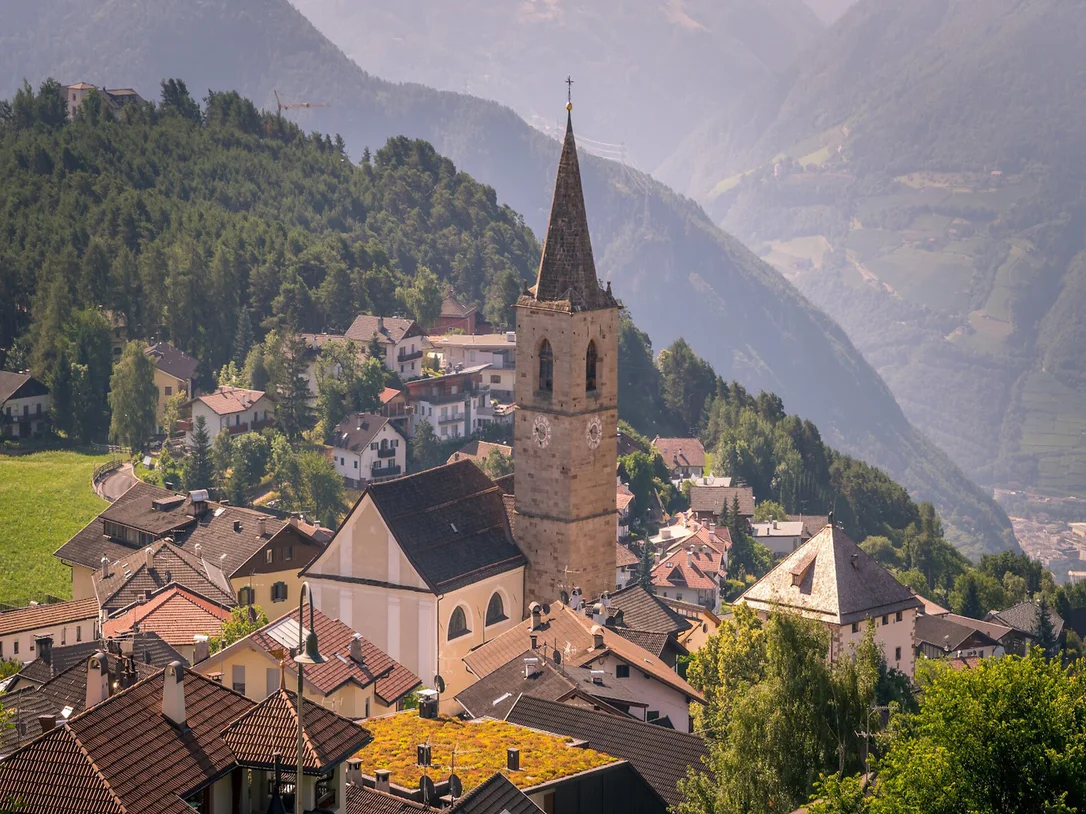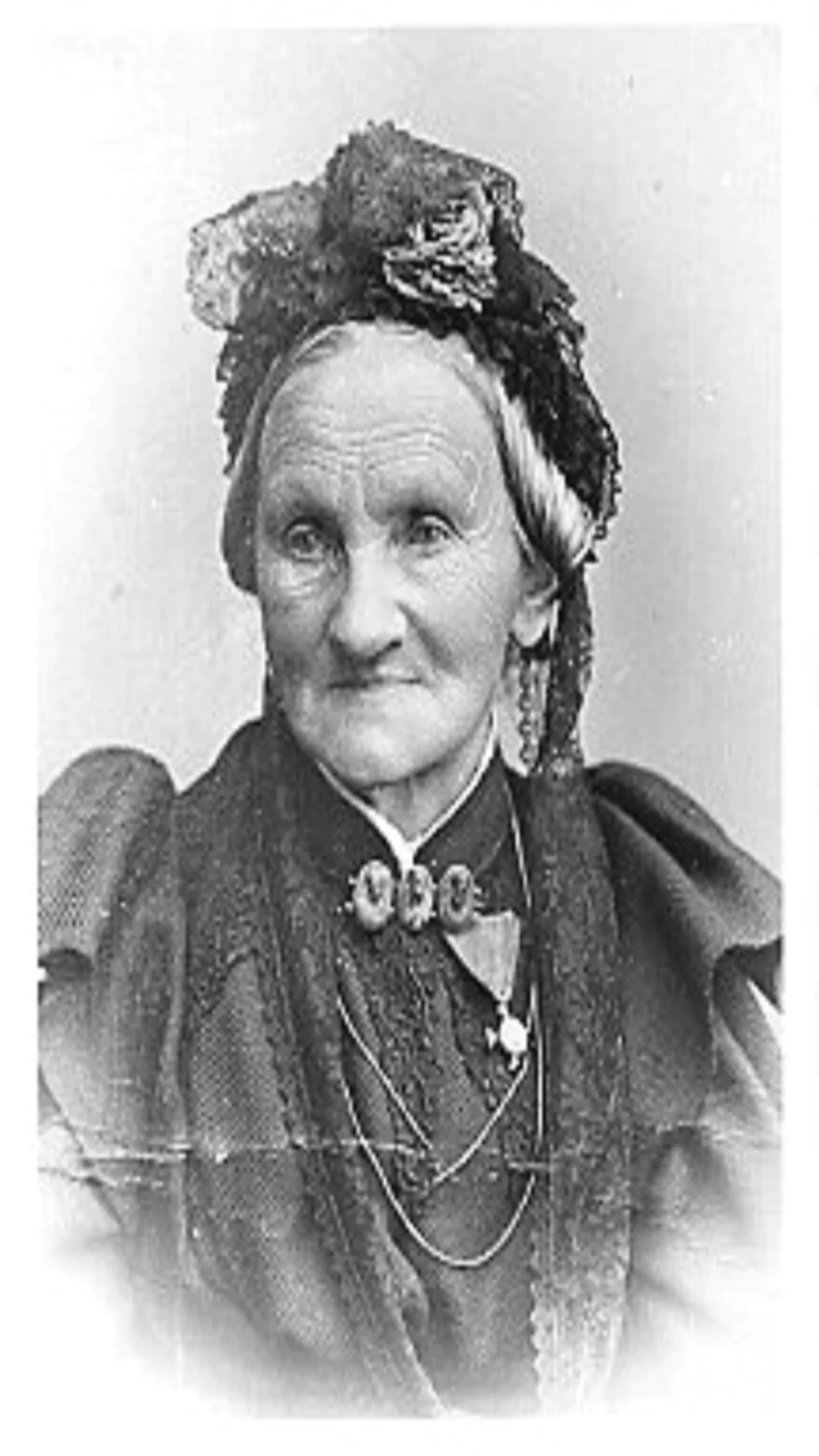The Collegiate Church in San Candido is one of the most beautiful sacral buildings in Roman style in the Eastern Alps. The Collegiate Church was constructed around 1143 when the Benedictine Convent of San Candido founded in the 8th century by Duke Tassilo from Bavaria III was transformed into a Collegiate Church. The Church assumed its present appearance around 1280, while the bell tower dates back to between 1320 and 1326. The monumental walls recall the style of the fortresses favoured by the crusaders and the many castles built in the days of the Hohenstaufen. Also the church was meant to be a fortress of God. Worth seeing are the monumental Roman fresco, the special crucifixion group, and the crypt.
































































